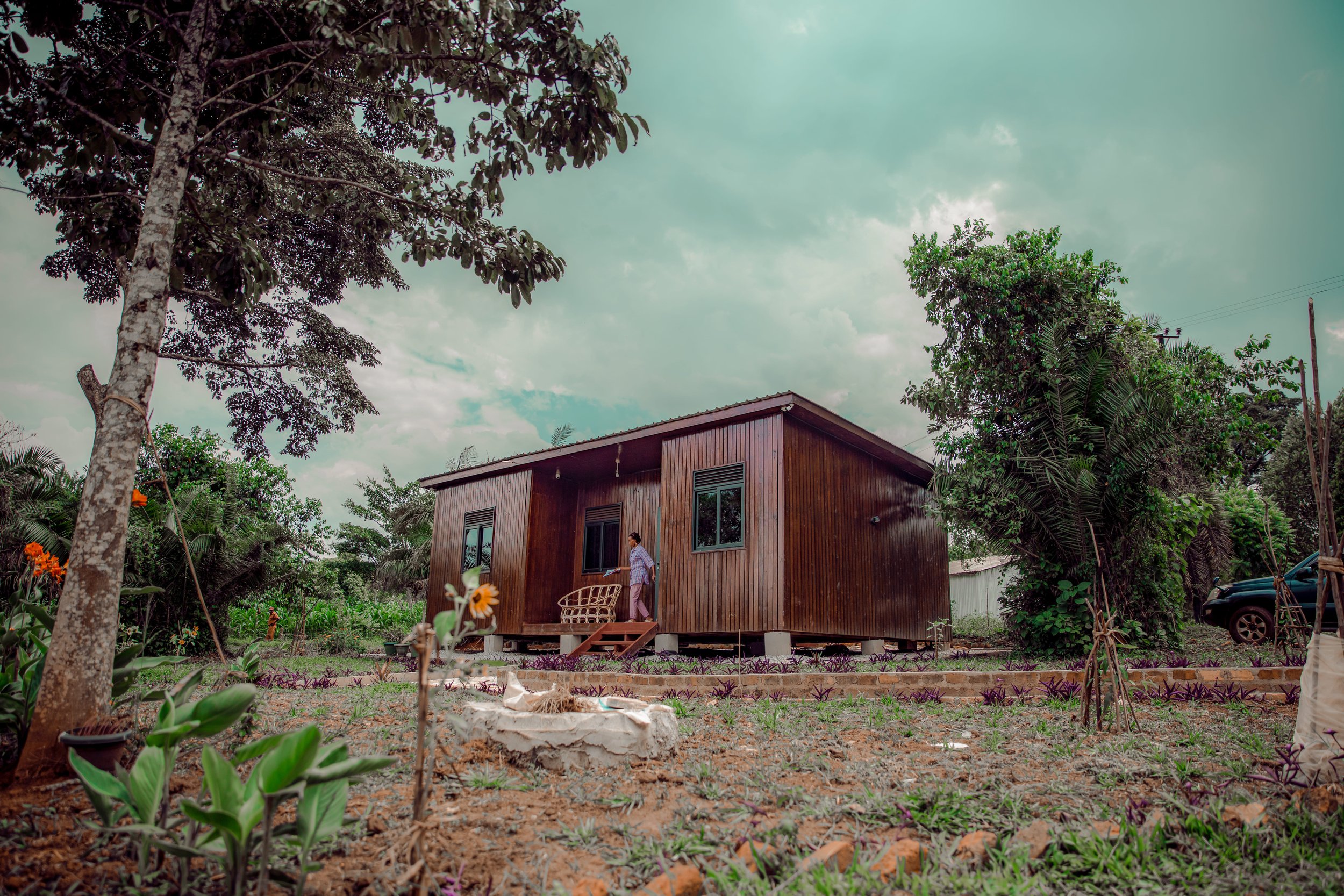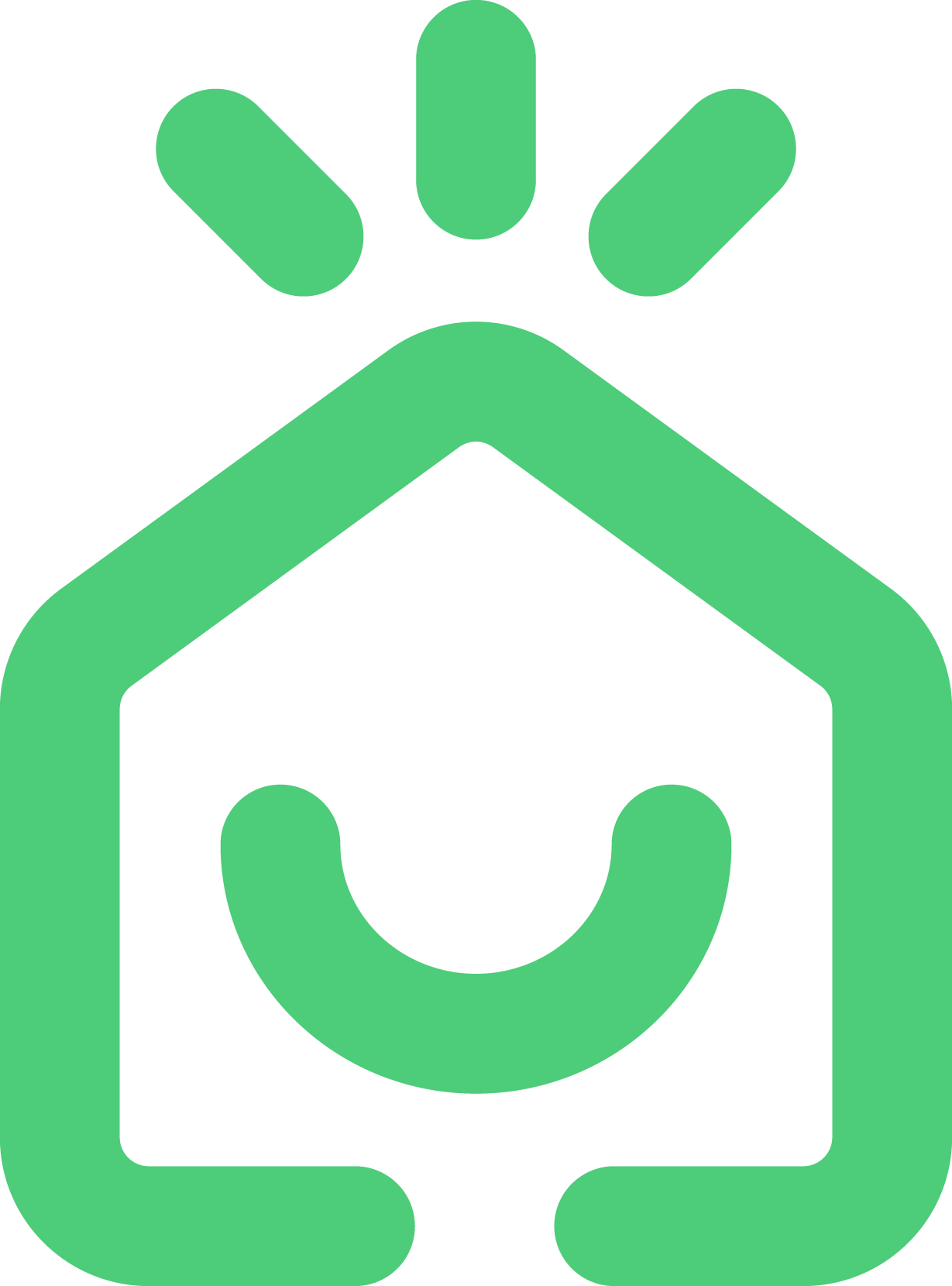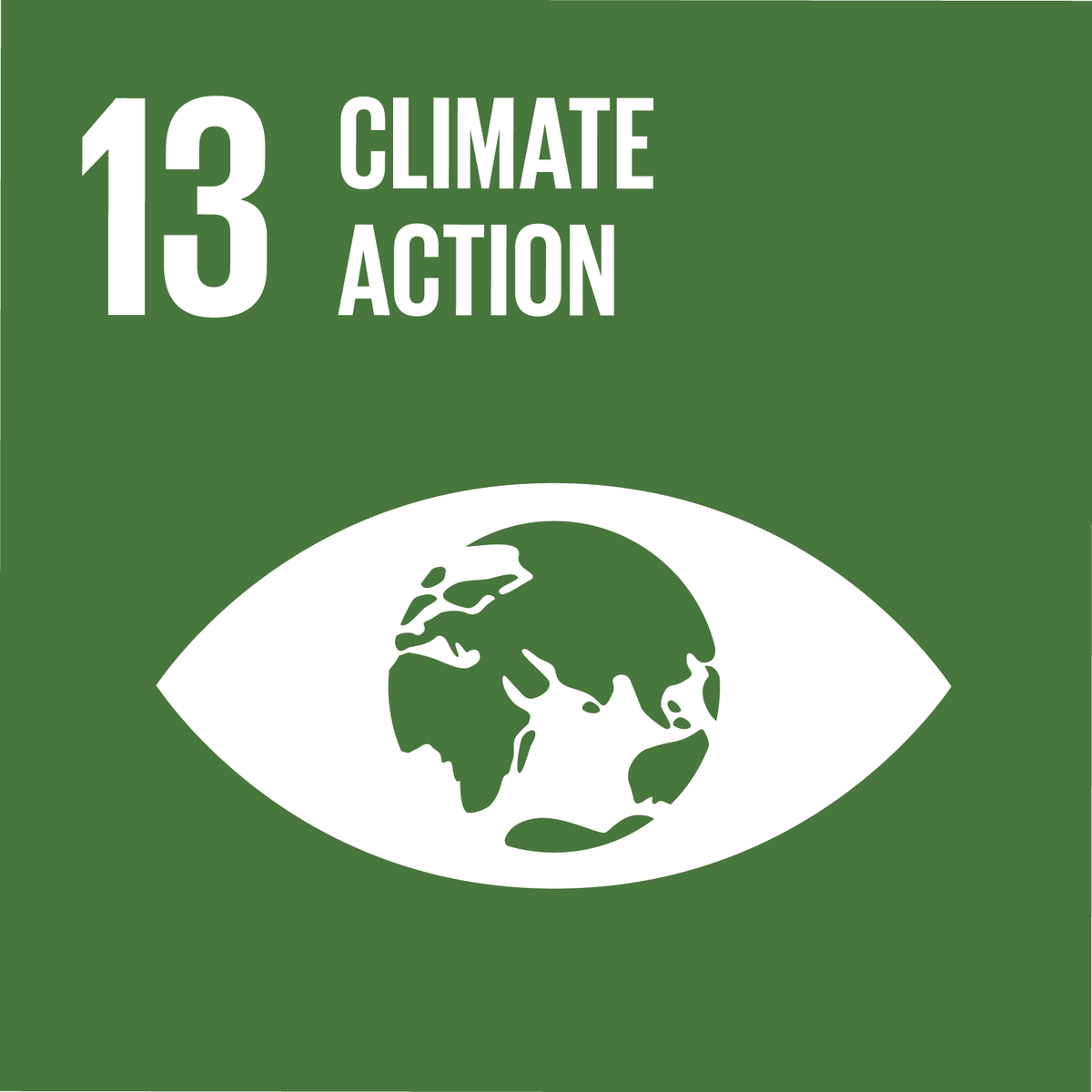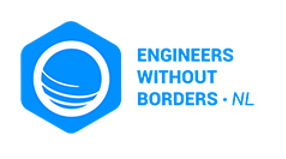
Our impact.
Impact dashboard.
An average Easy Home (Two Bedroom Gable, 87 sqm) has the following impact:
1
home built
-
The number of homes and other units built in total. Units are counted as individual units with their own entrance. For example, a row of 4 teacher homes in one block is counted as 4 units. A four-bedroom residential home is counted as 1 unit.
14.5
tonnes of CO2
-
The net carbon removal that was realised through the biogenic carbon stored in the timber structure. Also known as Construction Stored Carbon (CSC). This value strictly represents carbon removal. On top of this, a significant amount of reduction is realised by avoiding cement and steel. The calculation methodology is from Climate Cleanup and is officially recognised. Find more info here.
4
football fields
-
The amount of sustainable forest area that is sustained for one year by the demand for sustainable timber that was created by building the home. This is calculated by looking at the harvest tables for the annual growth per hectare within optimum sustainable yield. One football field is 5,000 sqm or half a hectare.
4.9
jobs
-
The amount of jobs that was generated by building the Easy Homes. Our definition of one job is a full-time engagement for a period of 3 months, which is the average duration of constructing an Easy Home. This equals 520 working hours.
$61 k
spin-off value
-
This is an approximation of the real value created for the environment and society. The value is the sum of the true price of 1 tonne of carbon (€875), the value of the ecosystem services of sustainable forestry and the multiplier value of revenue going directly to the local economy. See the report for more detailed information.
Interested in reading our Impact Methodology Report? Contact us!
Sustainable Development Goals
Easy Housing has a positive impact on 16 out of 17 Sustainable Development Goals (SDGs)! We focus especially on these SDGs:
-
We work with local partners to create local jobs, for example in our carpentry teams. We source all materials locally to further stimulate the economy.
-
The timber industry will play an important role in solving the housing crisis in the coming decades. Easy Housing and other timber solutions will push the timber industry towards innovation and scaling up their sustainable production forests.
-
Our circular building technology enhances sustainable cities and homes by using timber and upcycled plastic to construct environmentally friendly homes. The flexible building system allows for many different typologies and designs, creating safe and comfortable homes suitable for everyone.
-
Easy Homes are carbon negative and resilient to natural hazards. This reduces the amount of emissions in the atmosphere and slows down the effects of global warming.
-
By using and promoting sustainable timber, the demand for sustainably sourced timber will increase , thus reducing deforestation and biodiversity loss. The circular nature of Easy Homes creates long-term value, as the materials can be reused and repurposed.
-
SDG 1 No Poverty
Access to affordable housing is a key driver in ending poverty. The circular and affordable nature of Easy Homes allow for new financing models, thus alleviating poverty.
SDG 2 Zero Hunger
Affordable housing creates more savings, reduced inequality and new economic opportunities for households. Combined, these factors will contribute (directly and indirectly) to the eradication of hunger.
SDG 3 Good Health and Well-being
Living in a safe and comfortable home has a large positive impact on people’s health and wellbeing. Timber homes are proven to have a positive effect on people’s wellbeing and offer a higher living comfort.
SDG 4 Quality Education
Affordable housing enables parents to pay for the education of their children. Second, having a decent dwelling provides the right conditions for children to do homework and study at home.
SDG 5 Gender Equality
When a family has access to sustainable affordable housing, the girls in the household are more likely to get decent education and equal opportunities to develop themselves.
SDG 6 Clean Water and Sanitation
Waterborne diseases still cause a lot of unnecessary suffering and can be easily overcome with proper sanitation and sewerage. In our building system, it is easy to connect and maintain infrastructure like plumbing and sewerage. Moreover, the roof’s rainwater run-off can be collected and stored in rainwater tanks to be used for household use.
SDG 7 Affordable and Clean Energy
Easy Homes have roofs that are structurally sound and strong enough to carry full surface PV (solar) panel installations. Furthermore, Easy Homes make use of passive house design principles to ensure that little energy is needed for heating and/ cooling of the home.
SDG 10 Reduced Inequality
In order to elevate people from poverty, better access to housing is of paramount importance. It will increase their economic opportunities, protect them against the negative impacts of climate change, and improve their overall health and well-being.
SDG 12 Responsible Consumption and Production
Easy Homes are 100% circular and can be reused, repurposed, relocated, rebuilt, incrementally expanded, stored flat-pack and repaired by replacing individual components. Easy Housing aims to be a good example of the benefits of using circular building methods in the construction industry.
SDG 16 Peace, Justice and Strong Institutions
Access to decent housing reinforces the stability of the social fabric and fosters strength of institutions and their ability to maintain peace and justice. This is all possible with the support of strong institutions that promote sustainable affordable housing and inclusive urban planning.
SDG 17 Partnerships for the Goals
The building industry is a complex web of stakeholders that all have to work together to transition towards sustainable and circular methods. For an innovative sustainable building system to get embraced, it needs to be embedded in the existing construction ecosystem so that cultural acceptance can be ensured.
Our impact partners
We have partnered with a variety of international organisations to make more impact together!
-
We work together with GCA to promote and support climate adaptation.
-
As an UpLink Top Innovator, UpLink supports and emplifies our efforts regarding sustainable forest economy.
-
With CSFEP, we work on the carbon monetisation of our projects and safeguards of our timber supply chains.
-
We are developing a construction stored carbon (CSC) monetisation framework that will benefit families living in biobased homes.
-
We are working on a carbon monetisation framework to support biobased construction and promote sustainable forestry.
-
YEP helps young professionals to build their networks and expertise, focusing on water, agrofood and renewable energy in emerging economies.
-
Scature acts as a carbon removal broker for Easy Housing. Buy our credits here.
-
With EwB Netherlands, we are developing a multi-storey Easy Home design.
The problem.
Housing gap.
Two billion homes need to be built this century to close the global housing gap. This means more than 70,000 homes a day!
Inadequate housing.
More than 1.8 billion people globally live in inadequate housing, such as self-made shelters in slums.
Construction footprint.
The built environment is responsible for more than 40% of annual global CO2 emissions, with construction of new buildings accounting for 11%.
Unemployment.
The global unemployment rate is 15%. Youth unemployment in Sub-Saharan Africa is even more than 30%. Green jobs are urgently needed to provide livelihoods.
How we solve these issues →














